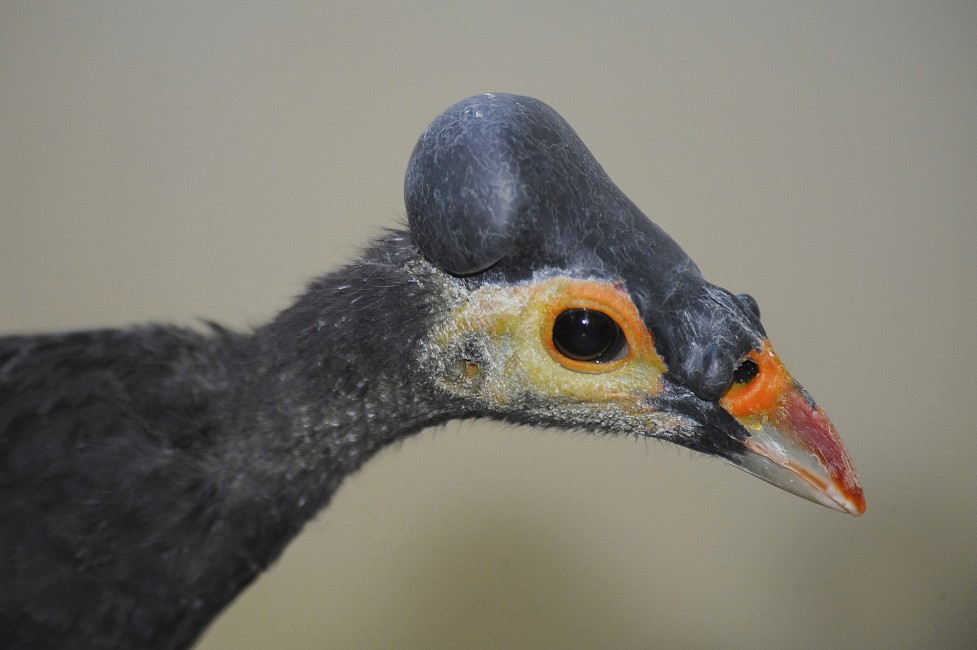
November 19, 2015
A Bizarre Bird, The Maleo
- as seen by -
 Jonathan C. Slaght
@JonathanSlaght
Jonathan C. Slaght
@JonathanSlaght Maleos are quirky. These chicken-like birds, endemic to the Indonesian island of Sulawesi, don’t incubate their nests using body heat; rather they let nature do the work. They tap the natural resources of the land, relying on heat from thermal vents or sun-warmed sand to incubate their eggs.
A maleo pair works together to excavate a hole at a communal nesting area, sometimes surrounded by other maleos doing the same thing. This is a scene that can quickly devolve into bedlam as more maleo pairs join the fray; a fury of kicking sand and clucking birds. A visit to a maleo nest site can be like attending a dozen weddings at once, with everyone throwing rice at each other, everyone shouting, and prowling bachelors looking for trouble.
Despite the chaos, maleo digging is not haphazard and egg placement is not random. The birds regularly sample the substrate with their mouths as they dig and, when they find the right temperature, they stop. The female then lays a single, massive egg, which she carefully places upright in the hole, covers, and hopes for the best.
Parental duties complete.
When a maleo chick hatches after 60-90 days of incubation, it hits the ground running. Literally.
The first thing the chick must do is burrow to the surface, sometimes through a meter of soil or sand, a harrowing task that can take up to two days. Next, the young bird instinctively makes a break for the forest; running and even flying. Not bad for a two-day-old.
Editor’s Note: Adapted from The Maleo: A Success Story for Indonesia’s Strange Pit-Digging Bird, published October 19, 2015 on Mongabay.com. Follow the link for more on maleos, including how a motley coalition of conservationists, former poachers, coconut farmers, international birders, and the Wildlife Conservation Society’s Bronx Zoo keepers are helping this unique bird prosper.
Nikon D2
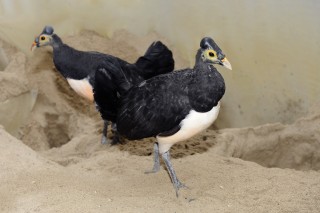
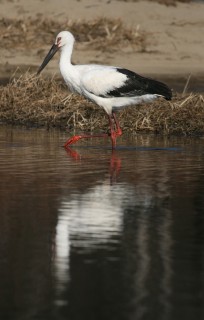
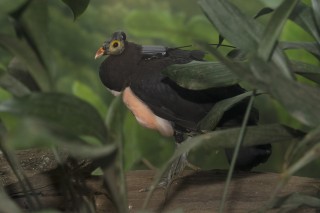
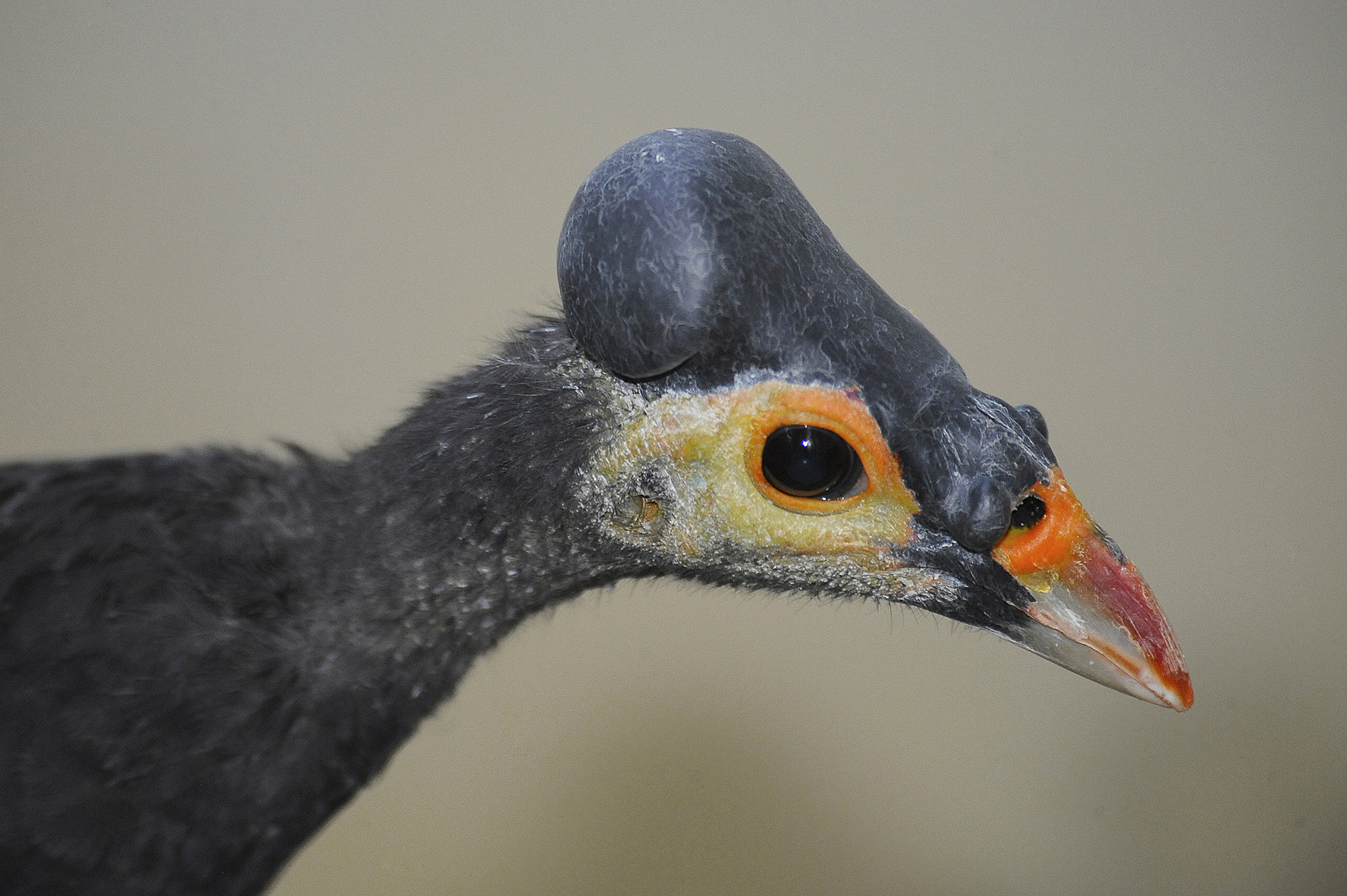
Leave a Comment